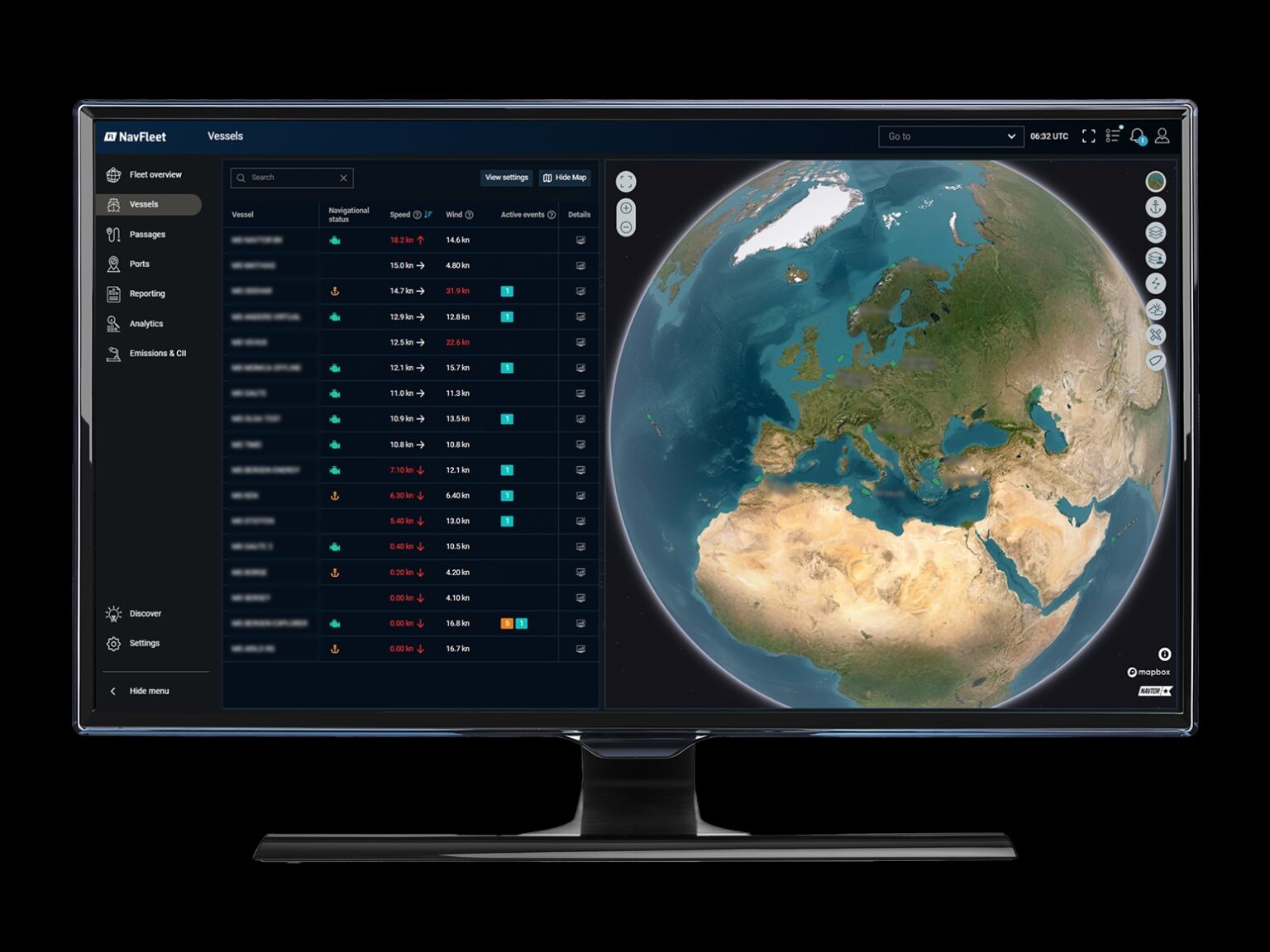Compliance with FuelEU Maritime
The new EU regulations are now in force and service providers are rushing to support shipowner compliance

Now FuelEU Maritime is a reality for shipping that trades with Europe minds are being focused on ensuring compliance without getting mired in administration.
FuelEU sets requirements on the annual average greenhouse gas (GHG) intensity of the energy used by ships which is measured in grammes of CO2 equivalent per megajoule (gCO2e/MJ), on a well-to-wake emissions pathway and it uses a dynamic baseline for compliance. Initially the benchmark reflects shipping’s average well-to-wake intensity in 2020, which was 91.16 gCO2e/MJ. That will be cut by 2% to 89.34 gCO2e/MJ in 2025 and by a further 6% by 2030. It is planned that the benchmark will have been cut by 80% by 2050.
The new requirements have of course created a business opportunity for service providers who can take the administrative burden off shipowners. So now shipowners are being bombarded with pitches soliciting their custom. Among them is one from NAVTOR’s Director of Performance Jacob Clausen. The following is an abbreviated version of his pitch which makes most of the points that the providers are putting to the industry. Just to be absolutely clear, this does not mean World Bunkering is supporting NAVTOR – or any other service provider.
Clausen says: “The easy way to achieve FuelEU Maritime compliance for your fleet is simple. You don’t do it. I’m not suggesting you forget about this incredibly important, though challengingly complex, regulatory framework. That would be damaging – to both the environment, your finances (with stringent penalties) and business reputation. No, rather that you allow an automated system to take the strain, collecting and validating the necessary data, at the optimal quality standard. This could work to deliver not only compliance, but also far greater insights into energy consumption and performance, unlocking green benefits and powerful bottom-line advantages.”
Clausen continues: “Legally, compliance with the regulation comes into force on 30 April 2026, at which point 2025’s figures are digested. That seems like plenty of time… But to understand where your fleet performs in terms of GHG intensity you need insights now. Awareness of today’s operational reality informs the action that you take tomorrow, and the action you take then empowers that all important compliance. What’s more, FuelEU creates a new strategic impetus with regards to buying energy – with new fuel mixes and shore power, for example, moving up the agenda – so you need to plan a route to compliance. The longer you wait, the less options you have (you cannot buy fuel retrospectively), and that lack of flexibility, as every business knows, can be very, very expensive. If you’re lucky enough to have a surplus, it also pays dividends to utilise it – through banking or pooling – and if you’re not you can perhaps borrow to avoid penalties. But, again, to get real business value out of this you have to have a strategy to optimize allowances. And strategic planning, of course, comes back to understanding where you are now. Which you can no longer do with an Excel sheet.”
So, Clausen advises: “Find the right partner and you’ll find approaches that integrate all data within single smart shipping ecosystems and platforms, boasting automated data collection and reporting (no more Excel), backed by in-system validation, with further secondary validation from domain experts for optimal quality control. Those same experts – available through the best solutions providers – should also be able to take a ‘consultancy’ approach, helping assess the latest industry and regulatory landscape to provide added value to your strategic decision making.”
Clausen does of course have a suggestion as to who your “right partner” might be, as do a large number of competing firms. But the message being pushed strongly by all of them is that complying with, and possibly profiting from, FuelEU is too complex and time consuming for most ship operators to do themselves.
Image Caption: NavFleet 2.1 – an intuitive, easy pathway to FuelEU Maritime compliance
26/02/2025
Image Caption: Tor Håkon Svanes, NavFleet Product Manager, NAVTOR

get
in touch

Constructive Media
Constructive Media
Hornbeam Suite
Mamhilad House
Mamhilad Park Estate
Pontypool
NP4 0HZ
Tel: 01495 239 962
Email: ibia@constructivemedia.co.uk

On behalf of:
IBIA London Office
Suite Lu.231
The Light Bulb
1 Filament Walk, Wandsworth
London, SW18 4GQ
United Kingdom
Tel: +44 (0) 20 3397 3850
Fax: +44 (0) 20 3397 3865
Email: ibia@ibia.net
Website: www.ibia.net

Emails
Publisher & Designer: Constructive Media
ibia@constructivemedia.co.uk
Editor: David Hughes
anderimar.news@googlemail.com
Project Manager: Alex Corboude
alex@worldbunkering.net
